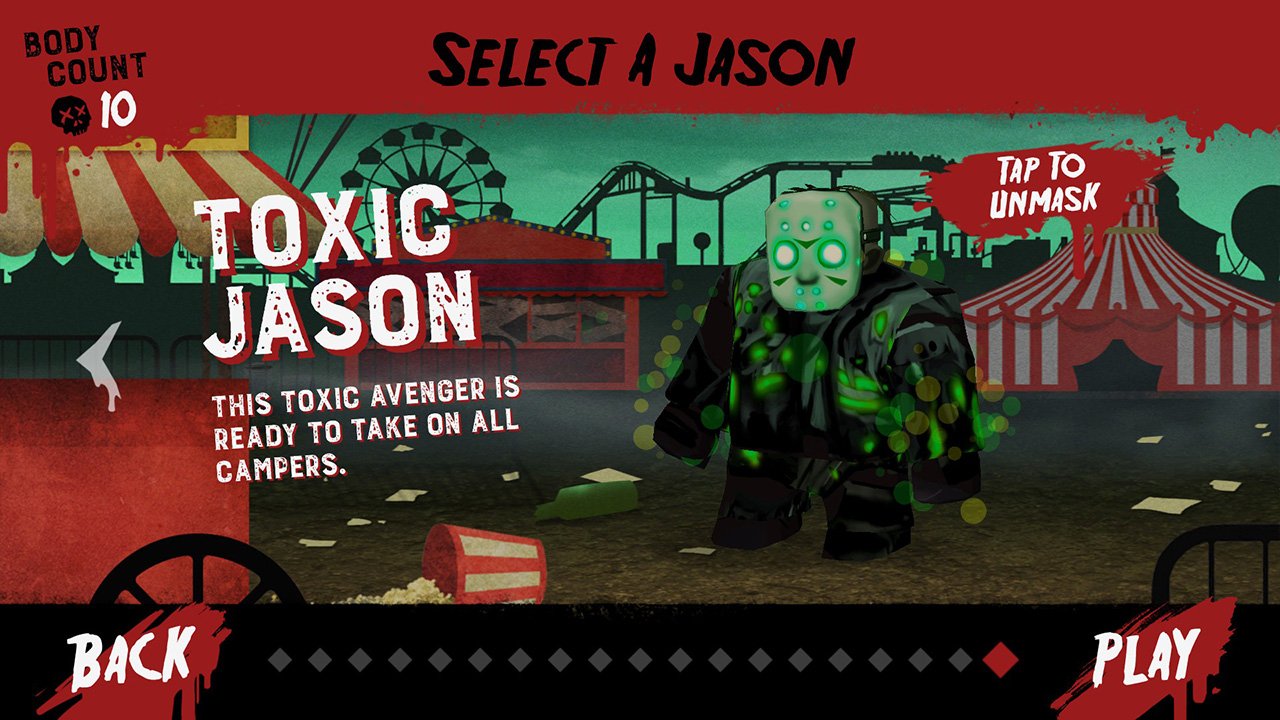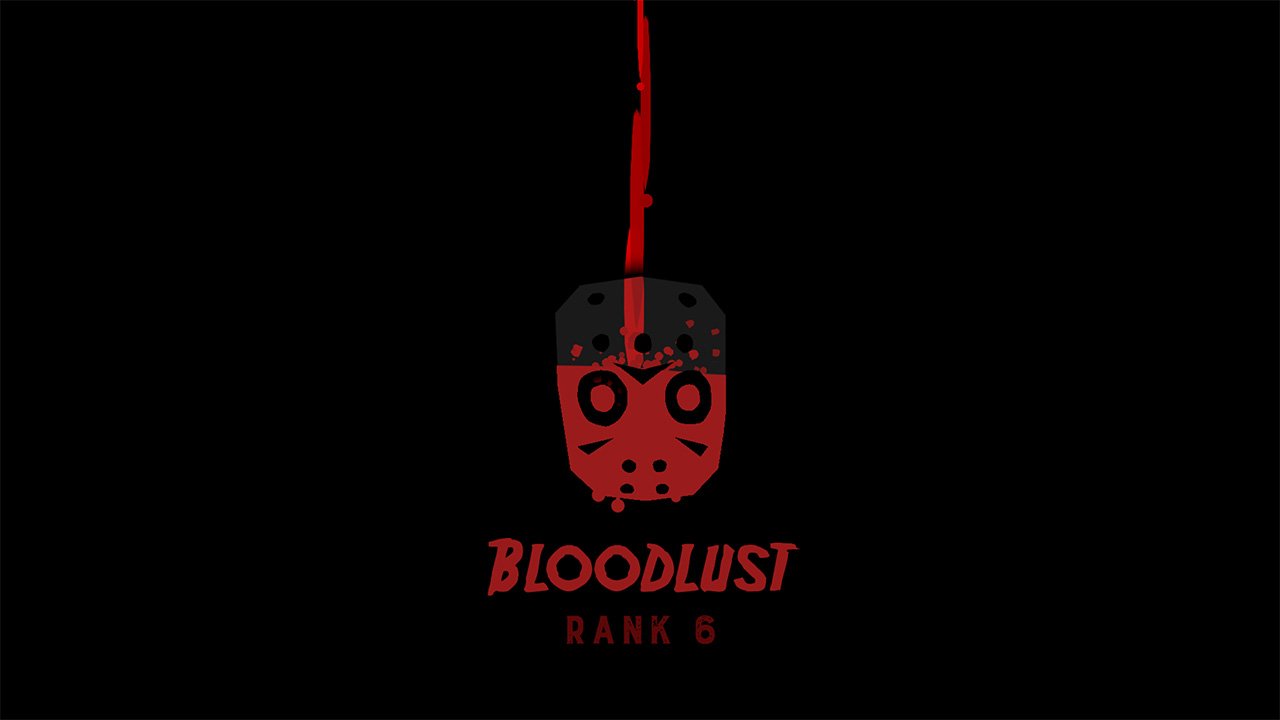Friday the 13th: Killer Puzzle
Role: Lead UI/UX Designer & 2D Artist
Studio: Blue Wizard Digital
Platform: iOS / Android / Steam / PS4 / Xbox One / Nintendo Switch
Release Year: 2018
Project Overview
Friday the 13th: Killer Puzzle reimagines the legendary horror franchise as a darkly comedic sliding-tile puzzle game. Players guide Jason Voorhees through over 100 isometric levels to creatively dispatch victims in delightfully gruesome fashion. This title marked my first puzzle game project, and I was responsible for the entire UI/UX design and 2D visual development, including the logo, menus, font direction, and platform adaptations.
Design Goals
Unify Horror and Humor: Reflect the game’s gory slasher theme and campy parody tone in every visual element.
Cross-Platform Compatibility: Deliver a cohesive user experience across mobile, console, and PC with varied screen sizes and input methods.
Thematic Tutorial Device: Designed and animated Jason’s mother's severed head as an in-world tutorial guide, providing diegetic onboarding and contextual hints that maintained immersion and reinforced the game's dark humor.
Full Visual Identity: Create an iconic, genre-appropriate front-end, including the logo, menus, fonts, and 2D art.
Jason’s Mother – Diegetic Tutorial via Severed Head
Challenge:
Introduce puzzle mechanics and provide contextual hints without breaking immersion, leveraging the franchise's dark humor and lore.
Solution:
Designed and animated Jason’s mother's severed head as an in-world tutorial guide, delivering instructions with her signature over-the-top, maternal-slash-murderous tone.
Integrated her appearances seamlessly into gameplay, with animated transitions that maintained narrative immersion.
Enabled players to summon her for hints, ensuring assistance was always available without disrupting the game's flow.
Crafted visual behaviors and timing to ensure her dialogue felt snappy, readable, and thematically consistent, supporting both onboarding and repeat usability.
Leaned into the franchise’s dark comedy by making Jason’s mom both charming and unhinged—anchoring the game’s tutorial flow in character-driven UX.
Visual Identity & 2D Art
Challenge:
How do you visually represent Friday the 13th’s brutal legacy while making it feel accessible, playful, and appealing to puzzle gamers?
Solution:
Designed the official logo using blood-dripping letters and Jason’s iconic mask
Selected custom fonts inspired by the original Friday the 13th logo
Created all menu graphics, icons, and HUD elements, including gory reward popups and animated kill screens.
Used bright color accents and cartoon exaggeration to offset gore with levity—supporting the game’s dark comedy tone.
Cross-Platform Adaptation
Challenge:
We launched on mobile first, but later expanded to PC and consoles. Each platform had unique UX challenges: screen format, input types, and viewing distances.
Solution:
Redesigned navigation to support controller input, including focus states and toggle interactions.
Enlarged fonts and spacing for TV readability, especially for menu-heavy screens like Episode Select, Hints, and Settings.
Built responsive layouts in Unity that scaled intelligently across resolutions and supported both pointer and gamepad inputs.
Process & Tools
Created 2D art and UI assets in Photoshop and Illustrator, and implemented them using Unity’s UI system.
Worked closely with engineers to support multi-platform prefabs and dynamic resolution switching.
Conducted UX testing across touchscreens, controllers, and keyboard setups to refine control feel and visual clarity.
Responsible for visual QA on every build to ensure consistency across iOS, Android, Steam, Switch, Xbox, and PS4.
Outcome
Friday the 13th: Killer Puzzle launched to critical and fan acclaim, praised for its combination of stylized horror presentation and tightly designed puzzles. The UI was consistently highlighted as intuitive, stylish, and fun to interact with. The visual identity helped distinguish the game in a crowded puzzle market, and my role in shaping that identity—from logo to controller-friendly HUD—was essential to its success.























